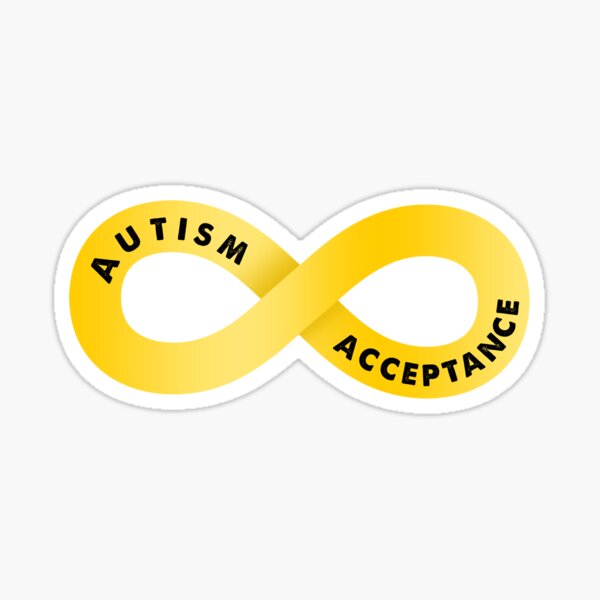Autism Awareness Month

The month of April is national Autism awareness month. One in 44 people have autism, making that one percent of the United State’s population. More than 5.4 million adults in the U.S. or 2.2 percent of the U.S. population are on the autism spectrum.
Autism is increasing in the U.S. because of advances in diagnostic capabilities and greater understanding and awareness of autism spectrum disorder.
The range and severity of symptoms can vary widely. Several factors may influence the development of autism, and it is often accompanied by sensory sensitivities.
Robert Kordalski, school social worker, said he would define Autism as “a communicative disorder that impacts people in a wide variety of ways,” Kordalski said.
Special Education teacher Savannah Steinmetz agrees, but added, “autism is very complex and affects everyone differently. I don’t think there is one way to define autism correctly. Everyone is different. There are wrong and right definitions but it’s different for everyone.”
Autism affects people differently but it can cause some people to face challenges in school.
“I think with the learning differences sometimes they can feel like they are further behind than other students in their classes. People with autism also have varying learning disabilities. It is not the same for everybody, it is so different for everybody. I think the hardest part is their needs not being met in classes,” Steinmetz said.
Despite the possibility of encountering difficulties, autism can also bring advantages.
Steinmetz said “For some people it can help them academically. Sometimes socially, it is your strong suit, it isn’t as difficult for them and they feel more comfortable talking to anybody. You can be introverted or extroverted, that goes for everybody. If they are locked into one thing that interests them then they could go into a field for that.”
But there are also some misconceptions about autism.
“I think several of the misconceptions are that; autism is only a childhood condition, autism can be cured, and all students with autism have learning disabilities,” said Kordalski
Dr. Johnny Lewis, special education teacher, gave examples of ways to dispel myths surrounding autism.
“The more we can do to help students include each other in all of the activities in school can make us more comfortable with working with each other, even when we are different. Coming to DHS Unified Special Olympics is a great way to come together with people who are autistic or have special activities.”
It can also be very helpful if teachers set up their classrooms with different needs in mind.
Kordalski says “Because it can be unique to every individual, it’s best that the teacher meets with the school team and parent to best understand how they can support the student in class.”
Sensory concerns are one area teachers can take into consideration when organizing their classrooms.
Lewis adds, “Every student is different and has different needs. But in general being aware of sensory concerns that autistic students might have, related to noise, texture, or crowded spaces can be helpful.”
It is also important for teachers and peers to remember people communicate in different ways.
Steinmetz says “Autism strongly affects social ability, and communication abilities. Some of it is verbal skills and some of it is social skills. Social anxiety can be really prevalent, eye contact, sarcasm, and social cues can make it really difficult because neurotypical people can’t always understand.”

Meet Kayla Tolly, Revision Editor. This is Kayla's Senior year, as well as her fourth year on staff. Her favorite stories to write are feature stories...

